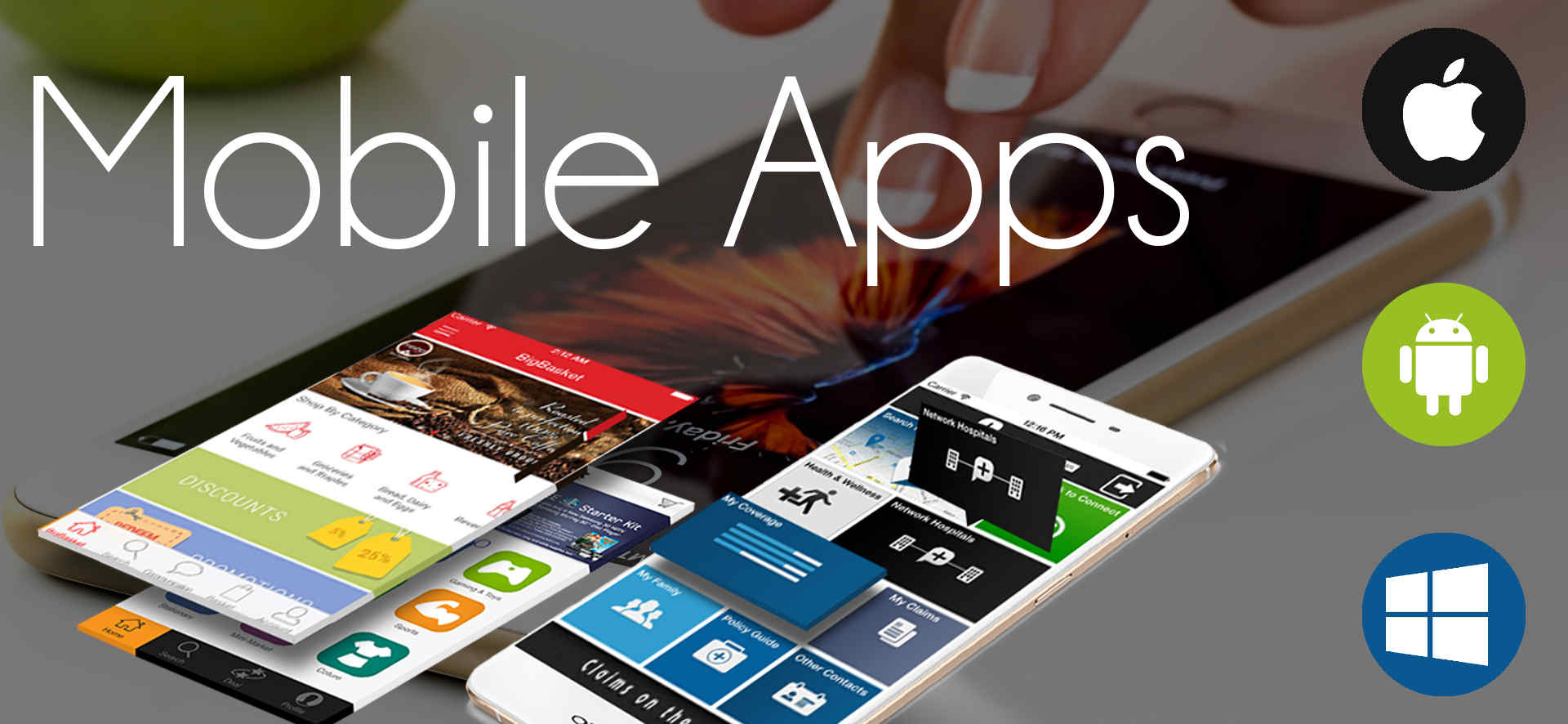Any UX/UI design professional will tell you one thing. There is no set path to becoming a UX/UI designer. UX/UI designers come from all walks of life. Some have an art degree while others majored in architecture. Still, others come from entirely different professions and always bring their A game. Many designers have joined the ranks with no formal training, just a PC and Cox bundles. But one thing is essential if you want to succeed as a UX/UI designer, especially in mobile app development. The presence of empathy for the problems faced by other people and a drive to solve those problems through design. All other things are secondary.
How do I get started with UX/UI Design?
Landing a job in the field is not an easy task. Especially with the global economy as it is. Many newbies are overwhelmed by the interchangeable terms, let alone the actual design work. Before proceeding further, make’s briefly look at the difference between UX and UI.
UX Design stands for User Experience Design. UX design is concerned with user satisfaction with the app and building a complete user experience. To be good at UX design, you need to have a grounding in psychology, sociology, and design. You will also need to develop skills like communicating, user research, concept iteration, usability testing, and prototyping.
UI Design is an abbreviation for User Interface Design. UI design focuses on choosing the right interface elements. These include the buttons, drop-down menus, text fields and other factors that make up the interface. The object is to create an interface that users can easily understand and use.
UI and UX lines are usually blurred when you’re working. Just how blurred they depend on a company’s size and needs. Here’s how you can get started with a career in UI/UX design in mobile app development:
- Educate yourself
- Choose the right tools
- Get a mentor
- Build your portfolio
Let’s briefly discuss these points.
Educate Yourself
Educating yourself does not mean you have to go back to college and start over again. There are many other ways to get formally trained in UX/UI. Sure, you don’t need it to become a UX/UI designer. But many resources can help you get there faster. Informally, you can look into online courses on the following resources:
- Udemy
- DesignLab
- Lunda
- UX Apprentice
Take advantage of the online resources available to you and educate yourself about the field. It’s also a good idea to follow credible publications like UX Magazine or communities like Dribbble. Educating yourself and joining a community will make self-learning much easier.
Also Read, 5 Major Reasons to Buy Oppo F5 Smartphone
Choose the Right Tools
So you now have a reasonable understanding of the fundamentals of UX/UI design. The next step is to apply that knowledge in practical environments. Creating interactive wireframes and usability testing are two huge components of the profession. For both, you will need special software. Here are some of the best tools I would recommend:
- Justinmind is an excellent tool for creating simple and complex prototypes
- Axure is a professional tool used by UX/UI designers everywhere but may be a bit complex for beginners
- InVision bills itself as a prototyping and collaborative platform for professional designers
- Balsamiq is an excellent tool for creating mockups and wireframes
- Rock plus is a relatively new tool for creating rapid prototypes
These are just a few of the tools that can help you with prototyping and wireframing. You will also need tools for testing and analytics, such as:
- A/B testing tools like Myna
- Google Analytics
- Feedback tools like Ethnio
Get a Mentor
A good mentor can help put your UX/UI dreams on the road. You don’t necessarily have to find a potential mentor to meet regularly. An experienced design professional can teach you a lot if you are willing to learn. One problem is that many UX/UI professionals are chaotically busy. So it would be a good idea to look for mentors in communities or course you are a part of. A high-quality mentorship can be invaluable for a budding UX/UI designer.
Read More, The Incredible Rise of Artificial Intelligence in Events
Build Your Portfolio
No matter how good you are, the experience is invaluable in any field. This is true for UI/UX design as well. You will need to do a few jobs to hone your skills. An online portfolio is a huge deal when you are looking for employment. You will need to show examples of your designs to prospective employers to show how good you are. So in the beginning, all you need are Cox internet deals and the requisite knowledge. Start making your career now!





